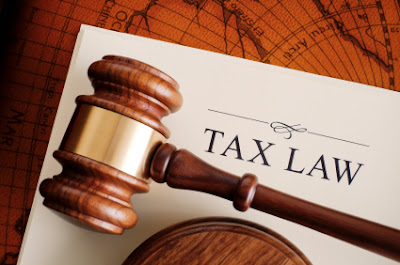Internet of Things (IoT) – Transforming Digital Marketing

The Internet of Things (IoT) - The trend which has become an increasingly growing topic of conversation and the one that everyone is waiting for. We all are aware of how internet has connected people to people, but now taking another step forward internet is going to connect things like never before. The IoT is the idea of physical objects, devices, or even people being connected to one another and to the internet(Courtesy: Wikipedia). This can be anything ranging from your smartphone, wearable gadgets, headphones to smart television sets. It has the ability to change how everything physical in our life works. Well for those of whom who don’t know, IoT is already among us with Fitbit, Google Glass, Self Driving Car, Apple iWatch -- all being popular examples of our increasingly connected lives. What does this mean for digital marketers? Well, the IoT opens up even more digital channels for marketers to track. The increased volume of data brings an ex
